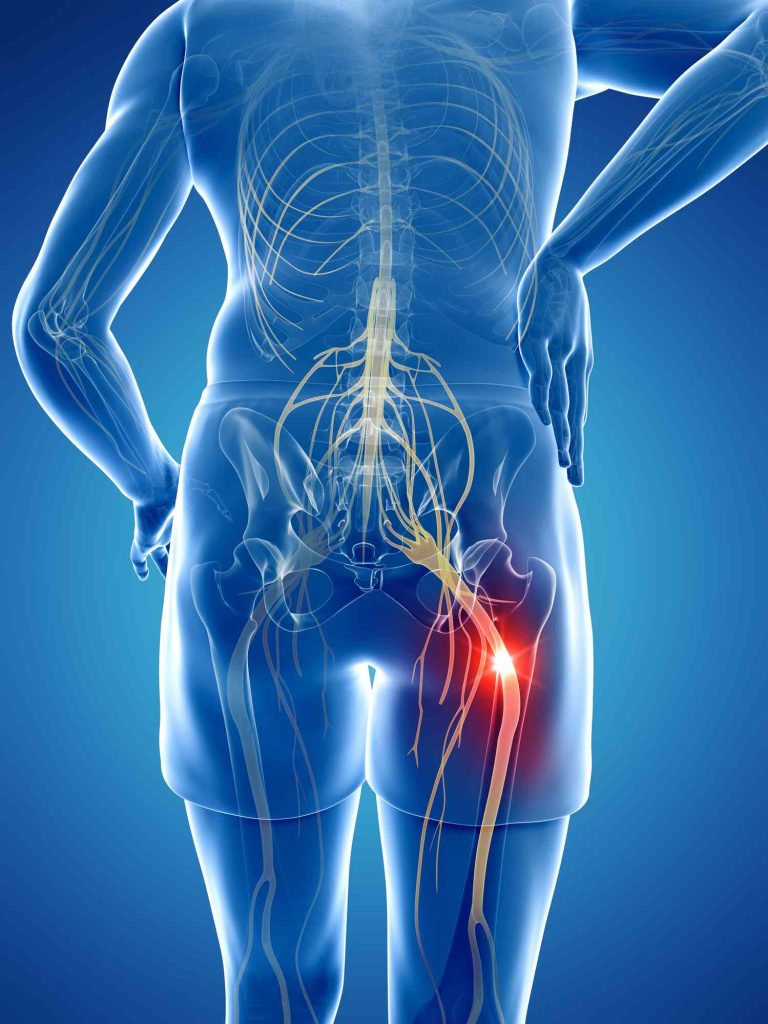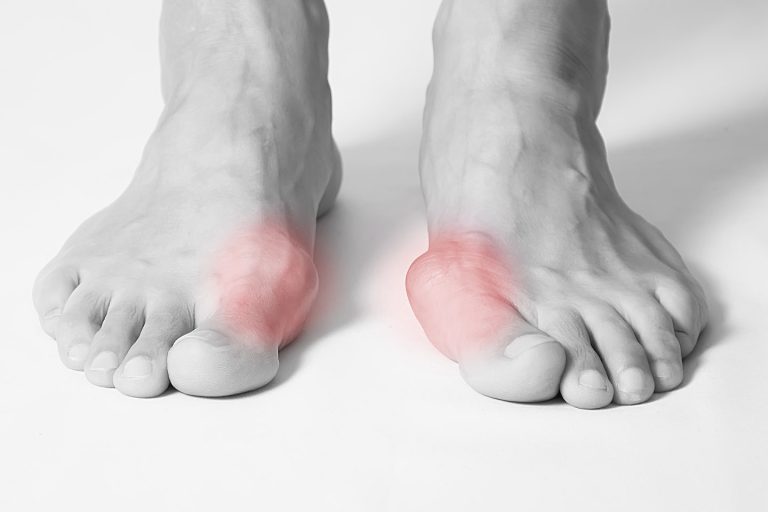How Do You Know When Sciatica is Getting Better?
Understanding the signs of improvement in sciatica is crucial for patients navigating their recovery journey. Sciatica, characterized by pain radiating along the sciatic nerve, can significantly impact daily life. But how do you know when sciatica is getting better? Let’s delve into the indicators that signal positive progress in managing this condition.
Recognizing Early Signs of Improvement
- Reduced Pain Intensity
One of the primary indicators of sciatica improvement is a decrease in pain intensity. As you progress through your treatment plan, you may notice a diminishing level of discomfort. Initially sharp, shooting pains might give way to dull aches or occasional twinges.
- Increased Mobility
Improved mobility is another positive sign. As the pain subsides, you may find it easier to perform daily activities such as walking, sitting, or standing for extended periods. Enhanced flexibility and range of motion suggest that your sciatica is on the mend.
Monitoring Progress Over Time
- Gradual Decrease in Symptoms
Tracking the gradual decrease in symptoms is key to gauging improvement. Noticeable reductions in pain frequency and duration over weeks or months indicate that your treatment is effective. Pay attention to any changes in the pattern and intensity of your symptoms.
- Enhanced Quality of Life
Improvements in your overall quality of life signify progress. As sciatica symptoms ease, you may experience fewer disruptions to your daily routines and recreational activities. This enhanced quality of life reflects positive strides in managing your condition.
Assessing Treatment Effectiveness
- Response to Treatment
Observing how your body responds to treatment is crucial. Whether you’re undergoing physical therapy, medication, or alternative therapies, monitor how your symptoms evolve. A positive response, coupled with reduced reliance on pain medication, indicates that your treatment plan is working effectively.
- Objective Measures
In addition to subjective improvements, objective measures such as imaging scans or clinical assessments can provide valuable insights. Follow-up consultations with healthcare professionals can help track your progress through objective measurements and professional evaluations.
Lifestyle Changes and Self-Care Practices
- Pain-Free Activities
Engaging in activities that were previously painful can indicate improvement. As your symptoms subside, you may reintroduce exercises or movements that were previously avoided due to discomfort. Gradually incorporating these activities back into your routine showcases progress.
- Consistency in Self-Care Routine
Consistency in self-care routines, including stretching, posture correction, and ergonomic adjustments, contributes to long-term improvement. Regular adherence to these practices supports spinal health and minimizes the risk of sciatic nerve irritation, facilitating ongoing recovery.
Long-Term Recovery and Prevention Strategies
- Prevention of Recurrence
Successfully preventing the recurrence of sciatica is a significant milestone in long-term recovery. Implementing preventive measures such as maintaining a healthy weight, practicing good posture, and incorporating regular exercise into your routine can help safeguard against future flare-ups.
- Sustained Improvement Over Time
Sustained improvement over an extended period is the ultimate goal. While initial progress is promising, maintaining a consistent level of improvement reinforces long-term recovery. Continued adherence to treatment plans and healthy lifestyle habits is essential for lasting results.
Conclusion
In conclusion, understanding ”how to know when sciatica is getting better” is vital for patients navigating their recovery journey. Reduced pain intensity, increased mobility, and gradual decreases in symptoms are early indicators of progress. Monitoring treatment effectiveness, embracing lifestyle changes, and adopting preventive strategies contribute to long-term recovery. By paying attention to these indicators and seeking guidance from healthcare professionals, individuals can effectively manage sciatica and improve their quality of life.
Frequently Asked Questions
Q1: Can sciatica go away on its own without treatment?
A: Sciatica symptoms may resolve on their own in some cases, but seeking treatment can expedite recovery and prevent future flare-ups.
Q2: How long does it take for sciatica to improve with treatment?
A: The duration of sciatica recovery varies depending on individual factors and the chosen treatment approach. Some patients experience improvement within a few weeks, while others may require several months.
Q3: Are there any specific exercises that can help alleviate sciatica symptoms?
A: Yes, exercises such as stretching, yoga, and low-impact aerobic activities can help alleviate sciatica symptoms by improving flexibility, strengthening muscles, and reducing nerve compression.
Q4: Can I continue working or exercising with sciatica?
A: It’s essential to consult with your healthcare provider to determine the appropriate level of activity based on your specific condition. In many cases, modifying work duties or exercise routines can help manage symptoms while promoting recovery.
Q5: Are there any lifestyle changes I can make to prevent sciatica from recurring?
A: Yes, maintaining a healthy weight, practicing good posture, avoiding prolonged sitting or standing, and incorporating regular exercise into your routine can help prevent sciatica recurrence.
Q6: What are some alternative therapies that may help with sciatica relief?
A: Alternative therapies such as acupuncture, chiropractic care, massage therapy, and transcutaneous electrical nerve stimulation (TENS) are among the options that some individuals find beneficial for managing sciatica symptoms. However, it’s essential to consult with a healthcare professional before trying any new treatment approach.
Q7: Can stress or emotional factors worsen sciatica symptoms?
A: While stress and emotional factors may not directly cause sciatica, they can exacerbate pain perception and make symptoms feel more intense. Practicing stress management techniques such as mindfulness, meditation, and relaxation exercises may help alleviate sciatica-related stress and improve overall well-being.
Q8: Are there any dietary changes that can help with sciatica recovery?
A: While specific dietary changes may not directly alleviate sciatica symptoms, maintaining a balanced diet rich in fruits, vegetables, lean proteins, and whole grains can support overall health and facilitate recovery by reducing inflammation and promoting tissue healing. Additionally, staying hydrated is essential for spinal health and hydration of spinal discs.
Q9: Is surgery necessary for treating sciatica?
A: Surgery is typically considered a last resort for treating sciatica when conservative treatments have failed to provide relief or if there are severe neurological symptoms such as weakness or loss of bladder or bowel control. Most cases of sciatica can be effectively managed with nonsurgical interventions.
Q10: How can I find reliable information and support for managing sciatica?
A: Reliable sources of information and support for managing sciatica include healthcare professionals, reputable medical websites, support groups, and educational resources provided by organizations specializing in spinal health and neurology.







